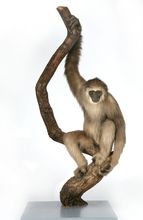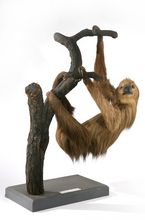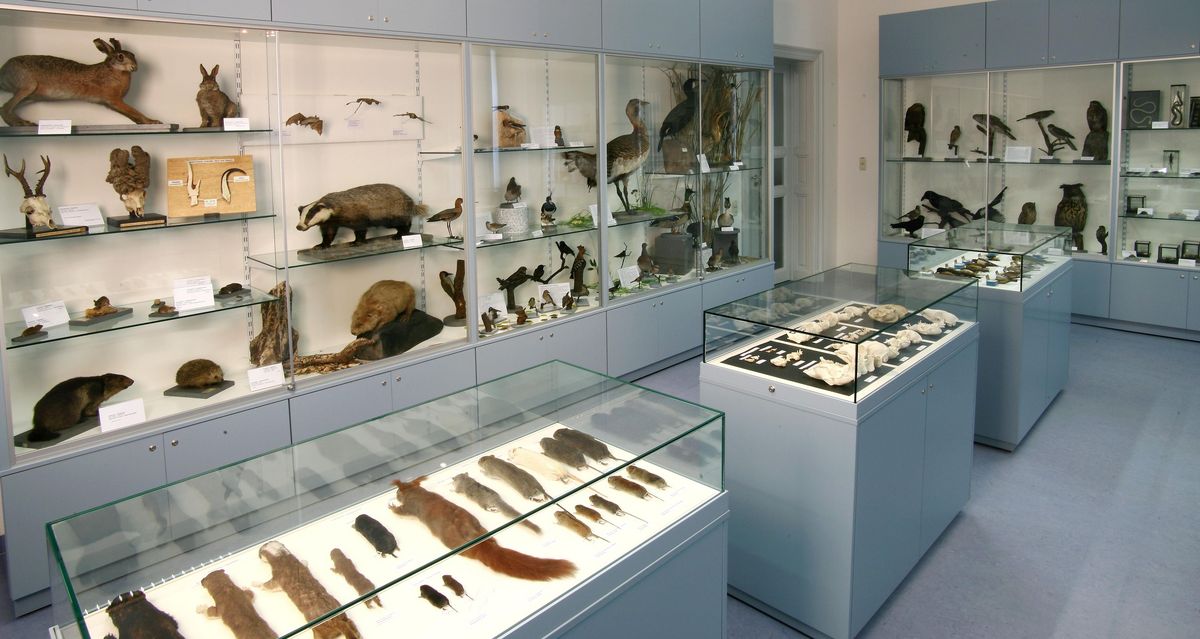Over 2,500 specimens from all groups of organisms are part of our university's zoological collections. Their long and eventful history dates back to the 1830s.
The zoological collections at the University of Leipzig have a long tradition but also an chequered history. The first Zoological Museum was opened in 1837 in the old Paulinum by the first Chair of Zoology, Eduard Fr. Poeppig. Just ten years later, the collections were moved to the newly built Augusteum. In 1880, under the subsequent director Rudolf Leuckart, the zoological institute moved into the newly constructed building at Talstraße 33, where it is still located today, together with the collections, which had grown enormously in the meantime.
The historical achievements of the taxidermist Hermanus Hendricus ter Meer from Leiden, who introduced dermoplasty at the end of the 19th century, should be emphasised. This technique made it possible for the first time to prepare vertebrates in a proportionate and therefore lifelike manner. Despite many international job offers, ter Meer decided to stay in Leipzig in 1907, following the call of the director at the time, Prof. Carl Chun, who was internationally renowned for the first German deep-sea expedition carried out under his leadership. At this time, the zoological collections at Leipzig University could certainly compete with other museums in the German-speaking world.
Gibbon (Hylobates leuciscus)

Two-toed Sloth (Choloepus didactylus)

Unfortunately, the extensive and valuable collections were largely broken up in the 1960s and most of the specimens were given to other museums. Today they can be found in the Museum für Naturkunde Berlin, the Museum für Tierkunde Dresden and the Naturkundemuseum Leipzig. The remaining part of the once famous Leipzig collection is still impressive and, excluding the insect collection, comprises over 2500 specimens. These are divided into skeletons, skulls, dermoplastics and alcohol specimens. Particularly noteworthy are six specimens of the delicate Blaschka glass models and wax models on developmental biology.
Specimens from the zoological collection are still used today in various courses for the training of biologists. The collection is an indispensable part of the zoology curriculum, serving both to familiarize students with the local animal world and to help them understand the structure, evolution and phylogeny of animals. Following the reconstruction of the building, the collection was reopened in its old location in May 2005. Part of the collection is located in the newly designed rooms of the teaching and study collection and is open to interested parties by appointment, while the rest is housed in the new stacks.
